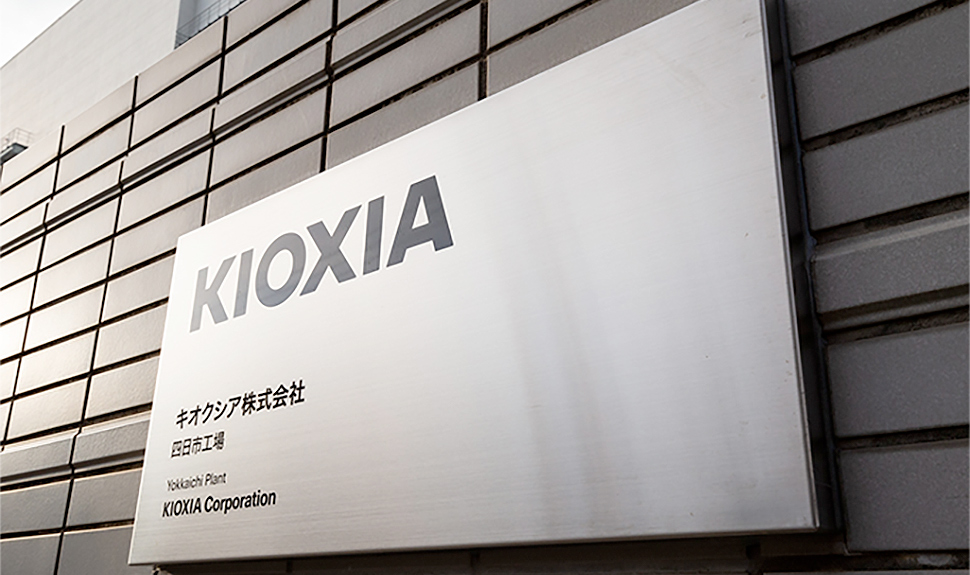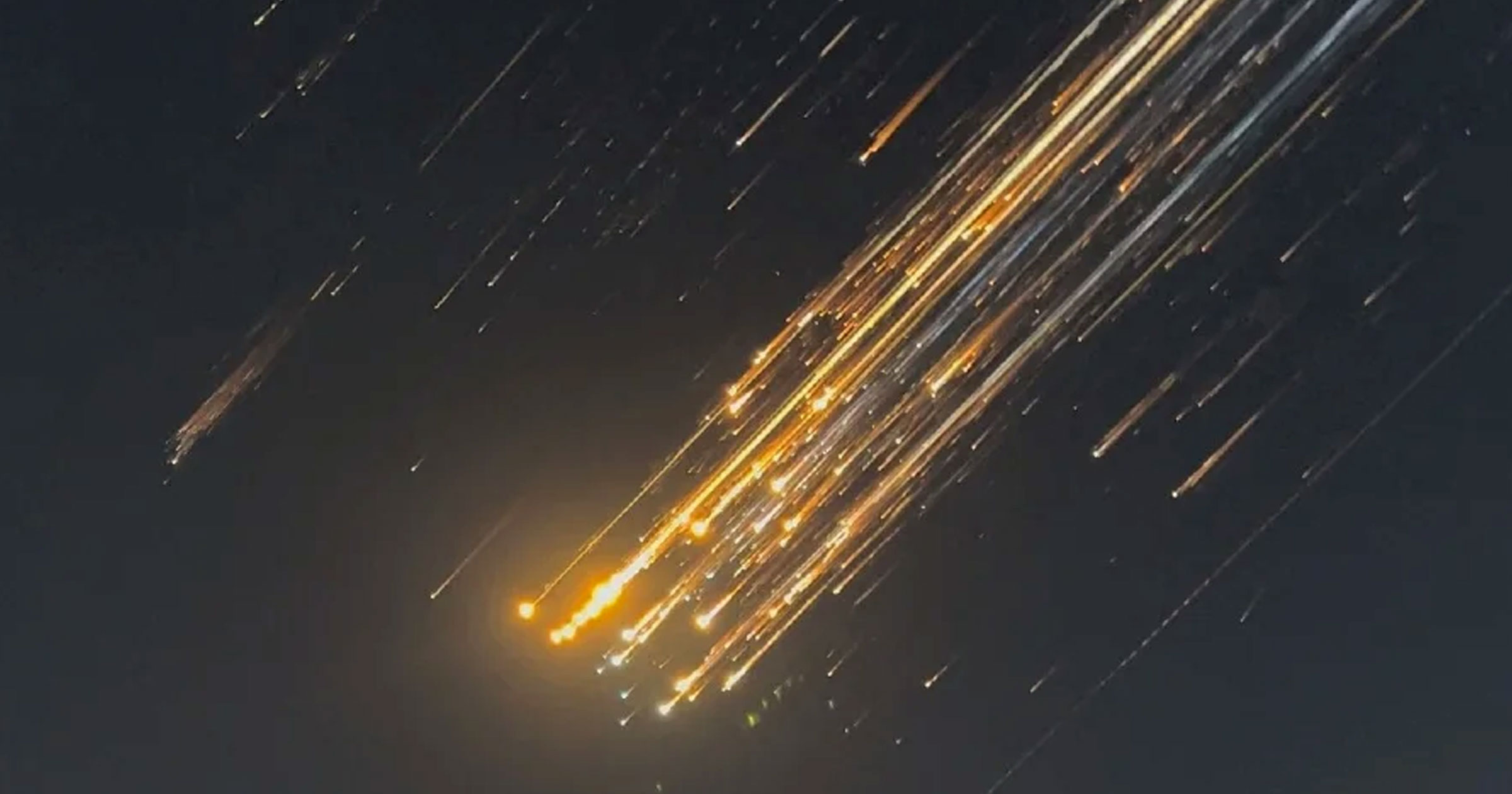
Kioxia has filed for an initial public offering (IPO) on the Tokyo Stock Exchange, aiming for an October debut, reports Nikkei. The NAND flash maker aims to raise at least $500 million and could be valued at over $10 billion, according to Financial Times. Even after the IPO, the company will be controlled by Bain Capital, SK hynix, and Toshiba.
Kioxia, the world’s third largest supplier of NAND flash memory based on its performance in Q1 2024, as reported by TrendForce, has been seeking an IPO for a while and now that there is interest in stocks associated with the AI boom, it is time for its owners to capitalize on this. The company is currently 56% owned by a special-purpose entity created by Bain Capital and SK hynix (which can control up to 15% of Kioxia), while Toshiba retains a 41% stake. Both Bain and Toshiba intend to gradually reduce their stakes following Kioxia’s public listing.
This IPO marks Kioxia’s second attempt to go public. The company had initially planned to list in 2020, but uncertainties caused by the COVID-19 outbreak and escalating trade tensions between the U.S. and China led to a postponement. The decision to proceed now reflects an improved business climate and strong financial performance from Kioxia, which reported a record net profit of ¥69.8 billion ($477 million) in Q2 2024 and then ended production cutting.
Last year Kioxia attempted to merge with Western Digital’s NAND and SSD business. The goal was to create a strong contender against the current market leader Samsung, but the plan was halted due to objections of SK hynix.
Despite its strong financials, Kioxia’s $10.3 billion valuation is expected to be at a discount compared to Samsung and Western Digital. This discount reflects the company’s position in the market (largely caused by its production-cutting tactics), its debt levels, and the need to offer attractive pricing to entice both global and domestic investors.
Kioxia’s IPO will occur amid Western Digital’s split into two companies: a NAND and SSD maker and a hard drive maker. After the split, Western Digital’s NAND company will control around 12% of the global NAND memory supply, leaving Kioxia with another 12%. The two companies will be considerably behind Samsung and SK hynix, and even if they had merged, they would only be comparable to SK hynix in terms of NAND market share.






